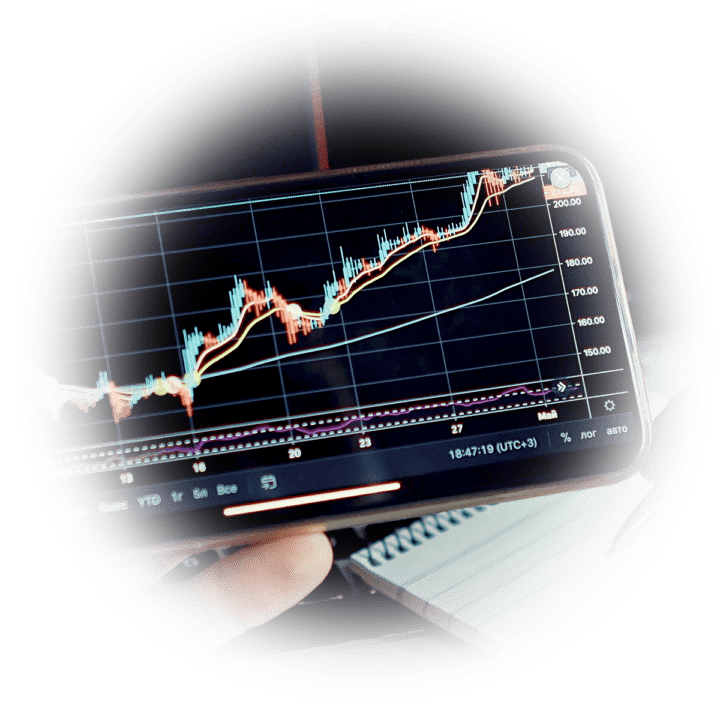Meeting with Joël Olivier, cybersecurity expert at AXCEL Partners
 With 31 years of experience in information systems, including 25 years as a CIO, he has been leading interim management missions since 2005. His previous experiences in security have provided him with very operational and pragmatic expertise in the field. He has managed cyber-attacks such as virus or ransomware outbreaks.
With 31 years of experience in information systems, including 25 years as a CIO, he has been leading interim management missions since 2005. His previous experiences in security have provided him with very operational and pragmatic expertise in the field. He has managed cyber-attacks such as virus or ransomware outbreaks.
1. What do you think about the contribution of Artificial Intelligence to the cybersecurity toolkit within companies ?
It is indeed a rather natural direction, especially since hackers are using AI to develop more sophisticated forms of attacks, such as voice cloning, image reading to bypass CAPTCHA codes, personalized chatbots, more effective smishing texts, and phishing emails.
To be able to thwart these new attacks, it is also necessary to understand the weaknesses and shortcomings of this technology. It’s the battle between the cannon and the armor, where obsolescence affects both parties—the attackers as well as the targets.
2. On which fronts do companies still need to make progress to better prepare for the rise of these types of cyber threats ?
In terms of cybersecurity, the most natural application of AI is the integration of AI-augmented tools that can significantly optimize the analysis of large databases and ensure better anomaly detection, thereby identifying threats more effectively in real-time.
It also helps address the saturation faced by cyber teams who deal with too many demands and cases and not enough time to handle them: watch out for the risk of burnout! Although hackers today rarely use AI for greater automation, this technology is precisely used to circumvent detection with weaker alert signals.
The implementation of advanced authentication systems leveraging AI is also interesting because these solutions continuously learn and improve security measures.
Starting with the use of AI in incident and anomaly detection is a good way to optimize the implementation cost, extending its benefits beyond just cybersecurity. However, companies often face a challenge in finding the right balance between expenditure and the threat.
3. What are the other major technological challenges and cybersecurity issues in the years to come ?
The deployment of 5G, the Internet of Things (IoT), and quantum computing, which will again open the field to new attack techniques and thus defense strategies.
Any recommendations ?
Make updates, continue to anticipate, train and prepare teams with ongoing updates to measures aimed at addressing detected weaknesses.




